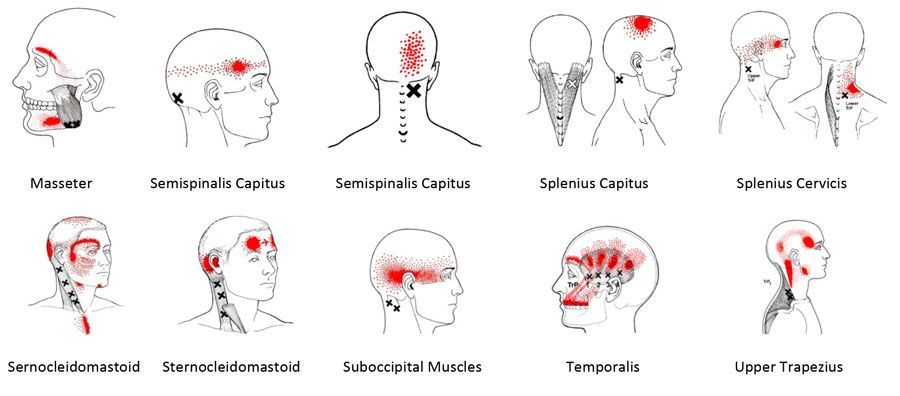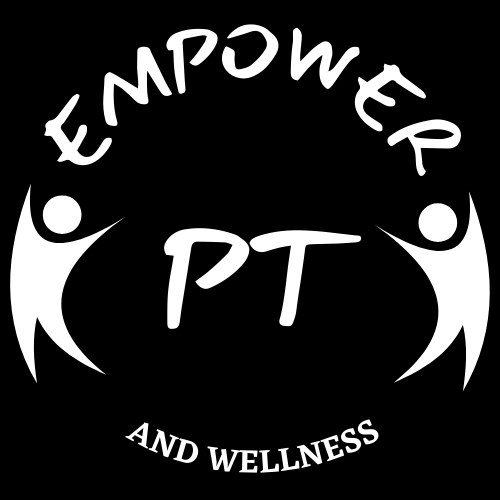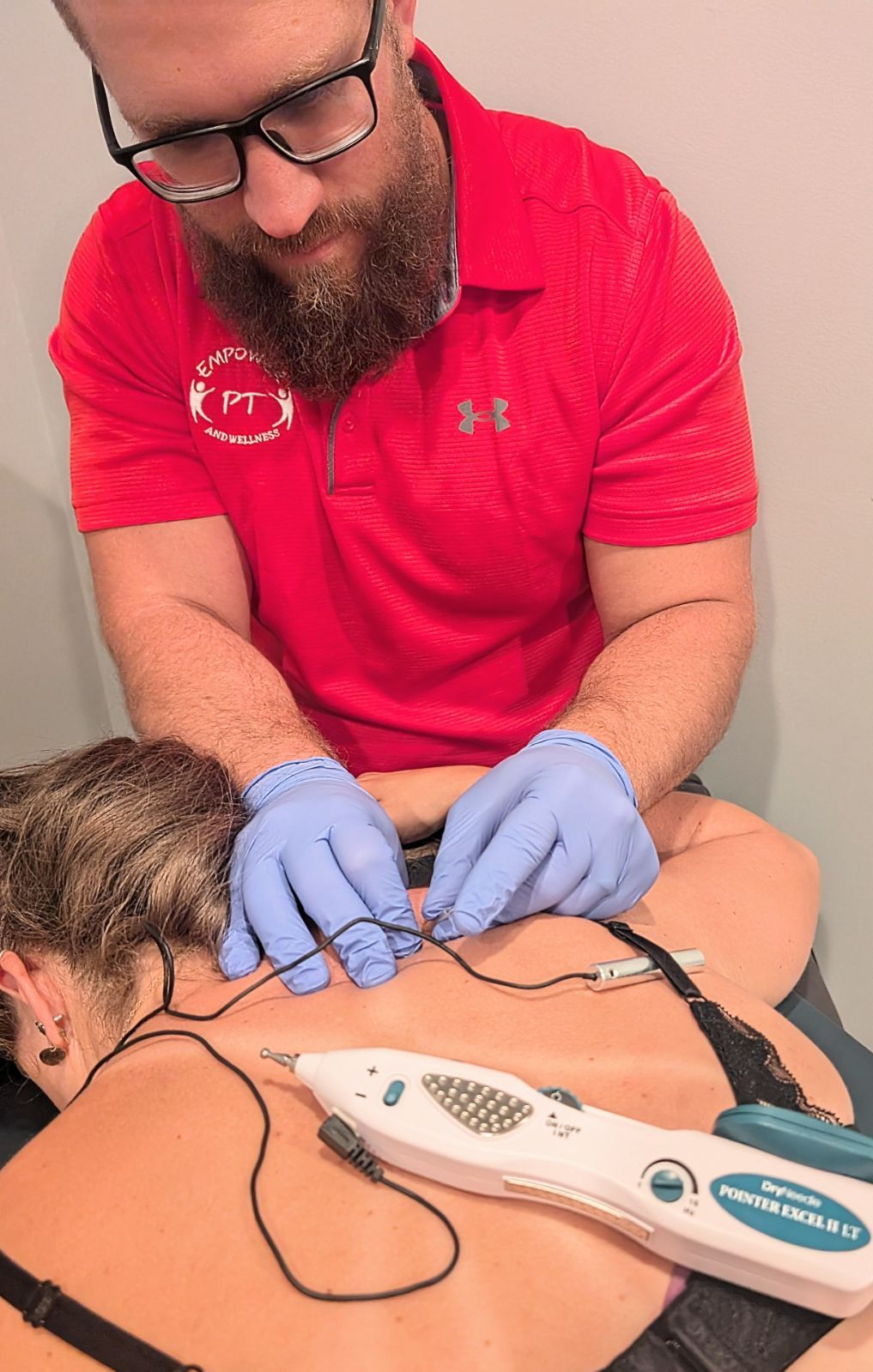Understanding Headaches and Migraines-What Physical Therapy Can Do For You
Understanding Headaches and Migraines: Prevalence, Symptoms, and the Role of Physical Therapy in Treatment

Headaches are among the most common ailments worldwide, disrupting daily life and productivity. While most individuals experience headaches occasionally, others face chronic or severe headaches that significantly impact their quality of life. This blog explores the types of headaches, the distinction between headaches and migraines, and how physical therapy can play a transformative role in managing and treating these conditions.
Types of Headaches
- Tension-Type Headaches
- The most common form of headache, often described as a band-like pressure around the head.
- Triggers: Stress, poor posture, and prolonged screen time.
- Symptoms: Mild to moderate pain, tightness in the neck and shoulders, and no nausea or sensitivity to light.
- Cluster Headaches
- Rare but intensely painful headaches that occur in cyclical patterns or clusters.
- Triggers: Alcohol, strong smells, or changes in sleep patterns.
- Symptoms: Excruciating pain around one eye, watering or redness of the eye, nasal congestion, and restlessness.
- Sinus Headaches
- Caused by sinus inflammation or infections.
- Triggers: Allergies, colds, or sinus infections.
- Symptoms: Pain around the cheeks, eyes, and forehead, often accompanied by nasal congestion or a runny nose.
- Cervicogenic Headaches
- Originating from dysfunction in the neck (cervical spine).
- Triggers: Poor posture, neck injuries, or joint stiffness.
- Symptoms: Pain often starts at the base of the skull, radiating to the forehead, temples, or behind the eyes, and is commonly linked to neck movement or positioning.
- Migraines
- Migraines are a complex neurological condition that extend far beyond a typical headache. However, despite being a complicated neurological disorder, migraines can be multifactorial. Many individuals with migraines also experience components of tension or cervicogenic headaches that contribute to their symptoms.
- Triggers for migraines vary widely and may include hormonal changes, specific foods, stress, lack of sleep, and sensory stimuli. Symptoms often include moderate to severe throbbing pain, nausea, vomiting, sensitivity to light and sound, and, in some cases, aura (visual disturbances like flashing lights or blind spots).
- How Physical Therapy Can Help:
Evaluation by a skilled physical therapist can help determine if underlying factors, such as muscle tension, poor posture, or joint dysfunction in the neck, are contributing to your migraines. Addressing these factors through targeted treatments like manual therapy, dry needling, and posture correction may help decrease the frequency, intensity, and duration of your migraines, offering a non-invasive way to manage this challenging condition. - By incorporating physical therapy into your migraine management plan, you can address potential mechanical contributors to your pain and improve your overall quality of life.
- Understanding this difference is crucial for effective treatment, as migraines often require a more comprehensive approach.
Trigger Points and Referred Pain in Headaches
Muscle trigger points are a significant contributor to headache symptoms. Two key muscle groups often implicated are:
- Upper Trapezius Trigger Points: These can refer pain up the sides of the neck towards the temple in a “ram’s horn” distribution, as well as to the base of the skull and the jaw.
- Suboccipital Muscles: These small muscles at the base of the skull frequently refer pain to various areas of the head, neck, and jaw.
Dysfunction in these muscles is often associated with cervicogenic and tension-type headaches.
Understanding and treating these trigger points can provide significant relief from headache symptoms.
Physical Therapy: A Comprehensive Approach to Headache Treatment
Physical therapy offers a multifaceted approach to addressing headaches and migraines, focusing on underlying causes such as muscle tension, poor posture, or imbalances in the neck and shoulders. Here's how it works:
- Exercise and Postural Correction
- Strengthening Exercises: Target weak muscles in the neck, shoulders, and upper back to improve posture and reduce strain.
- Stretching: Alleviates tightness in the neck and shoulders, often contributing to tension headaches.
- Postural Training: Educates clients on ergonomic setups and proper alignment to minimize triggers.
- Manual Therapy
- Joint Mobilizations: Improve mobility in the cervical spine and reduce stiffness.
- Soft Tissue Techniques: Relieve tension in overactive muscles like the suboccipitals, upper traps, and temporalis.
- Trigger Point Release: Addresses tight muscle knots that can refer pain to the head.
- Education
- Behavioral Modifications: Teaches clients to identify and avoid headache triggers such as prolonged screen time or poor sleep hygiene.
- Stress Management: Incorporates relaxation techniques to address stress-related headaches.
- Dry Needling
- Trigger Point Relief: Dry needling targets tight muscle bands and reduces referred pain patterns associated with tension headaches and migraines.
- Improved Blood Flow: Enhances circulation in affected areas, promoting healing and relaxation.
- Neuromuscular Re-education: Helps reset dysfunctional muscle patterns contributing to headaches.
Patient Success Story
One client shares their experience with Empower Physiotherapy:
“If you are experiencing frequent headaches or various joint pain, you need to see Kyle!! My headache frequency has been cut in half and that is after only 2 sessions. Kyle is also phenomenal at recognizing your needs and adjusting his treatment plan on the fly to suit your needs. I’m a firm believer in his treatment methods and have already made appointments for two of my daughters so they can get the same relief I have!”
Whether you’re dealing with occasional headaches or debilitating migraines, physical therapy offers a holistic, non-invasive approach to treatment. By addressing root causes like muscle tension and trigger points, physical therapy can help significantly reduce the frequency and intensity of headaches.
If headaches or migraines are affecting your quality of life, consider consulting with a licensed physical therapist to explore tailored solutions. Together, we can help you break free from the pain and regain control.
Would you like to know more about how Empower Physiotherapy integrates these techniques into headache and migraine treatment? Contact us today to learn how we can support you!




